- Tel: 86-755-23941515
- Email: Sales@xida-electronics.com
The Atmel ATMEGA1280-16AU is a low-power, high-performance, 8-bit microcontroller with advanced electronic technology. The ATMEGA1280-16AU is a feature-rich, read-while-write in-system controlled flash memory, consisting of 32 general-purpose working registers, 6 flexible timers/counters, 54/86 general-purpose I/O lines, 4K bytes of EEPROM, 8K bytes of SRAM, and more. The ATMEGA1280-16AU is an ideal choice for designers who want to combine power consumption and processing speed at the same time. Here are more details about this model, if you are interested, please read on.
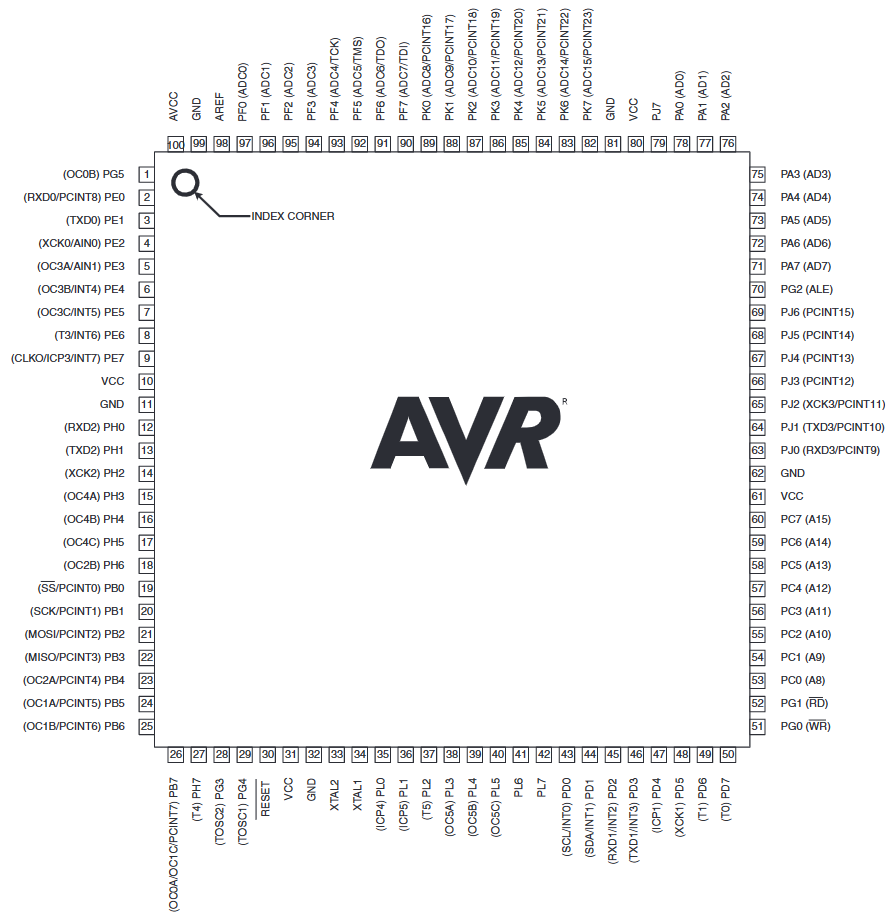
Features: Pinout configuration
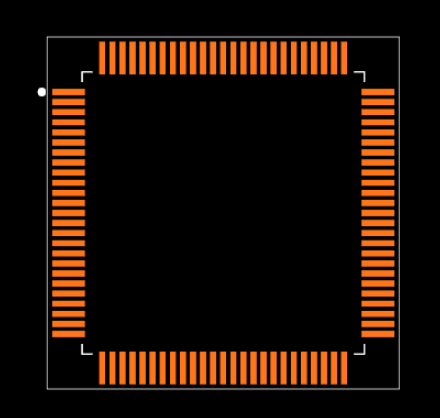
Features: Footprint
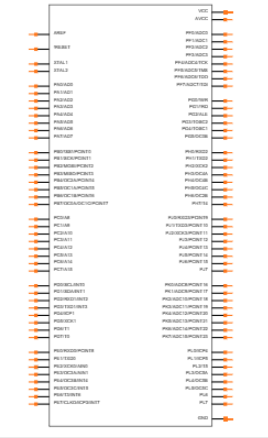
Features: Symbol
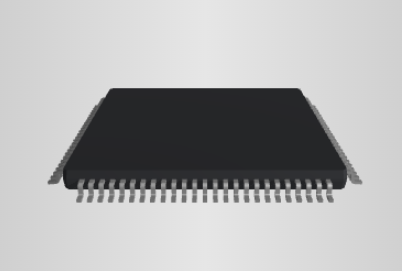
Features: 3D model
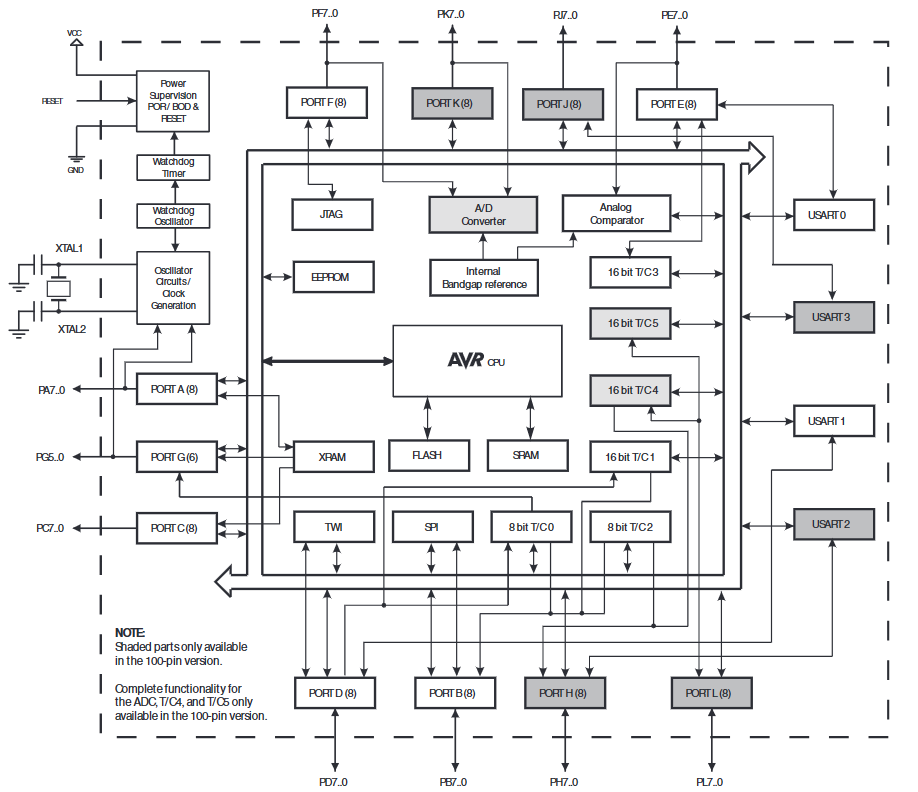
Features: Block Diagram
– 135 Powerful Instructions – Most Single Clock Cycle Execution
– 32 × 8 General Purpose Working Registers
– Fully Static Operation
– Up to 16 MIPS Throughput at 16MHz
– On-Chip 2-cycle Multiplier
– 64K/128K/256KBytes of In-System Self-Programmable Flash
– 4Kbytes EEPROM
– 8Kbytes Internal SRAM
– Write/Erase Cycles:10,000 Flash/100,000 EEPROM
– Data retention: 20 years at 85°C/ 100 years at 25°C
– Optional Boot Code Section with Independent Lock Bits
– Programming Lock for Software Security
– Capacitive touch buttons, sliders and wheels
– QTouch and QMatrix acquisition
– Up to 64 sense channels
– Boundary-scan Capabilities According to the JTAG Standard
– Extensive On-chip Debug Support
– Programming of Flash, EEPROM, Fuses, and Lock Bits through the JTAG Interface
– Two 8-bit Timer/Counters with Separate Prescaler and Compare Mode
– Four 16-bit Timer/Counter with Separate Prescaler, Compare- and Capture Mode
– Real Time Counter with Separate Oscillator
– Four 8-bit PWM Channels
– Six/Twelve PWM Channels with Programmable Resolution from 2 to 16 Bits (ATmega1281/2561, ATmega640/1280/2560)
– Output Compare Modulator
– 8/16-channel, 10-bit ADC (ATmega1281/2561, ATmega640/1280/2560)
– Two/Four Programmable Serial USART (ATmega1281/2561, ATmega640/1280/2560)
– Master/Slave SPI Serial Interface
– Byte Oriented 2-wire Serial Interface
– Programmable Watchdog Timer with Separate On-chip Oscillator
– On-chip Analog Comparator
– Interrupt and Wake-up on Pin Change
– Power-on Reset and Programmable Brown-out Detection
– Internal Calibrated Oscillator
– External and Internal Interrupt Sources
– Six Sleep Modes: Idle, ADC Noise Reduction, Power-save, Power-down, Standby, and Extended Standby
– 54/86 Programmable I/O Lines (ATmega1281/2561, ATmega640/1280/2560)
– 64-pad QFN/MLF, 64-lead TQFP (ATmega1281/2561)
– 100-lead TQFP, 100-ball CBGA (ATmega640/1280/2560)
– RoHS/Fully Green
– -40°C to 85°C Industrial
– Active Mode: 1MHz, 1.8V: 500μA
– Power-down Mode: 0.1μA at 1.8V
– ATmega640V/ATmega1280V/ATmega1281V:
– ATmega2560V/ATmega2561V:
– ATmega640/ATmega1280/ATmega1281:
– ATmega2560/ATmega2561:
| TYPE | DESCRIPTION |
| Category | Integrated Circuits (ICs), Embedded,Microcontrollers |
| Mfr | Atmel |
| Series | AVR ATmega |
| Package | Bulk |
| Product Status | Active |
| Core Processor | AVR |
| Core Size | 8-Bit |
| Speed | 16MHz |
| Connectivity | EBI/EMI, I2C, SPI, UART/USART |
| Peripherals | Brown-out Detect/Reset, POR, PWM, WDT |
| Number of I/O | 86 |
| Program Memory Size | 128KB (64K x 16) |
| Program Memory Type | FLASH |
| EEPROM Size | 4K x 8 |
| RAM Size | 8K x 8 |
| Voltage - Supply (Vcc/Vdd) | 2.7V ~ 5.5V |
| Data Converters | A/D 16x10b |
| Oscillator Type | Internal |
| Operating Temperature | -40℃ ~ 85℃(TA) |
| Mounting Type | Surface Mount |
| Package / Case | 100-TQFP |
| Supplier Device Package | 100-TQFP (14x14) |
| Base Product Number | ATMEGA1280 |
Atmel is a global industry leader in the development of a wide range of microcontrollers, non-volatile memory and radio frequency (RF) components, programmable logic devices, etc. Atmel provides comprehensive and systematic solutions to the electronics industry for the computing, communications, security and automotive markets. Its products are sold in as many as 60 countries through a wide range of worldwide sales channels and is committed to providing quality service to ATMEL customers.
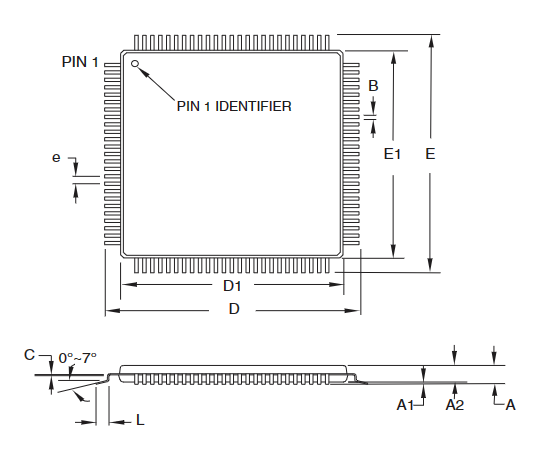
Features: Package information
Based on the AVR-enhanced RISC architecture, the ATMEGA1280-16AU has a throughput close to 1 MIPS per MHz, which facilitates the designer to optimize the relationship between power consumption and processing speed. In addition, the ATMEGA1280-16AU includes several selectable power saving modes, such as idle mode, power down mode, standby mode, and extended standby mode, which allows for very fast startup and reduced power consumption at the same time.
The ATMEGA1280-16AU is suitable for applications where the supply voltage is in the range of 2.7 V to 5.5 V. It is specified for operating temperatures from -40°C to 85°C and should ensure that the maximum and minimum temperatures of the application do not exceed this range. The ATMEGA1280-16AU is available in a lead-free, 100-pin, compact TQFP package and is compatible with 2-Wire, SPI, USART and other interfaces.
Where are the 32 registers of the ATMEGA1280-16AU connected to?
All 32 registers are connected directly to the Arithmetic Logic Unit (ALU)
How many registers can the ATMEGA1280-16AU access in one cycle by executing one instruction?
Two independent registers can be accessed
What is the maximum clock frequency of the ATMEGA1280-16AU?
16MHz